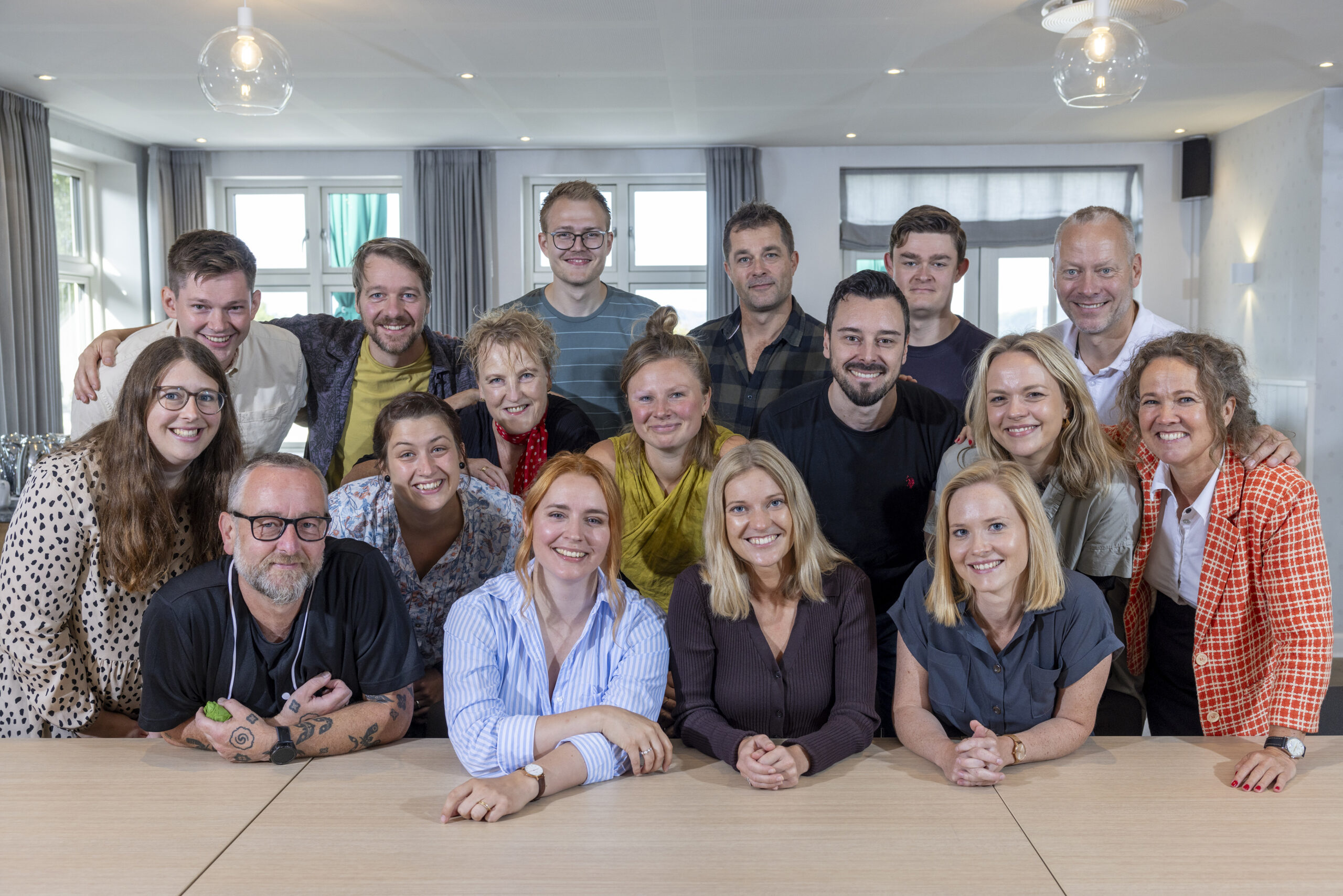Social media from a teenager's point of view
Somewhere between substantial representative studies and qualitative assessments from target groups, you may find the truth about young people’s usage of social media. This January (2015), an American teenager’s view on social media has created a great deal of debate in the States. Danish television has just disclosed “Medieudviklingen 2014” (the development of media 2014). The personal story from the States as well as the analysis by DR (Danish television network) provide interesting results about young people’s fascination as well as annoyance with social media. In this article, I will take a quick look at where I spot similarities and differences compared to Centre for Digital Youth Care’s interaction with Danish young people.
Facebook – no.1, but…
“It’s dead to us. Facebook is something we all got in middle school because it was cool but now is seen as an awkward family dinner party we can’t really leave.”
This is how 19-year-old Andrew Watts describes Facebook in a post on the blog-publishing platform Medium in which he clearly wants to debate how adults present young people’s use of social media. Watts addresses some of the most used social networks, and he hits the nail on the head on several of them. Particularly, his analysis of Facebook matches the tendencies I see myself in teenage students at my presentations. Among others, he describes a duality surrounding Facebook; you do not necessarily want to be there but you have to because Facebook’s group functions and messenger services become an important tool in planning school, free-time, parties and so on.
In the recently launched Medieudviklingen 2014
it is pointed out that Facebook experiences a small setback with Danish people below 30 years of age. At the same time, it is by far the most used social media in Denmark. Also, they underline that 12-29 year olds are not leaving Facebook, but they access Facebook less frequently than they used to.
Recently I experienced (for the first time in 6-7 years) visiting a 7th grade in which four students did not have (and had never had) a Facebook profile. When I asked why they weren’t on Facebook I got two replies:
1) I haven’t discovered/felt the need for that yet.
2) Facebook is too public – I don’t like that everybody can see what I like and comment.
The last point is also one of Watts’ explanations why we see a backset with facebook and a rise with for instance Instagram: “I’m not terrified whenever I like something on Instagram that it will show up in someone’s Newsfeed and they’ll either screenshot that I liked it or reference it later. The same goes for commenting.“
”
Instagram og Snapchat
Watts highlights Instagram as the most used medium. A medium that is not yet overtaken by the older generation. A place where the difference between ‘follower’ and ‘following’ is ok – and a medium in which you are not constantly spammed with low-quality content in the form of links and commercial content. Even though the above mentioned reflection makes incredibly good sense in an evaluation of the difference between Facebook and Instagram, it is my experience that the popularity and the amount of time spent on the two platforms are also run by a given school class culture.
Often I see classrooms that surprise by the fact that only half of the students use Instagram. This is often explained by the scenario that the “socially strongest” student in the class do not use ie. Instagram, and so that particular platform does not widely grab a hold on that classroom. In those classrooms, Facebook is often by far the most used medium. So, a great number of factors are in play when analysing the individual classroom’s use of social media. It is not always sufficient to read summarised research such as for instance Medieudviklingen 2014 if you want to understand the individual child that you work with.
Snapchat and Instagram have grown rapidly since 2014. Since 2013 they have grown respectively by 77 % and 55 % according to Medieudviklingen 2014.
“Snapchat basically only exists among Danish youth below 30 years of age, but within that group it is also big. Half of all 12-19-year-olds, and almost a quarter of 20-29-year-olds use Snapchat on a daily basis.”
Snapchat is what everybody talks about lately, and I can also reveal that Snapchat is what is most discussed when talking about media at my school visits. As the closed and transient medium Snapchat is, it is difficult to gather much knowledge about Snapchat unless you yourself ask young people what they think about that medium. I do not have the option to “pry” in the content that young people post (as is often probable with Instagram and Facebook), because all content is sent privately (and strongly time-limited) to a defined and specifically chosen group of people. This quality is also highlighted by Watts as the most prolific attribute in Snapchat:
“Snapchat is where we can really be ourselves while being attached to our social identity. Without the constant social pressure of a follower count or Facebook friends, I am not constantly having these random people shoved in front of me. Instead, Snapchat is a somewhat intimate network of friends who I don’t care if they see me at a party having fun.”
If you look away from this year’s many debates and media news about naked pictures, I see Snapchat as a positive medium in the sense that it supports young people to go in another direction from the very thought-out aesthetic images in which young people try to live up to an unrealistic picture-perfect image and/or body image. A lot of teenage girls often confirm my view that Snapchat creates a counterpart to Facebook and Instagram where pictures are constantly measured in likes and comments. Snapchat just IS… you do not have to be evaluated.
Both Watts’ presentation and DR’s representative analysis of young people make sense. The movement toward primarily image and video oriented media like Snapchat and Instagram gives evidence to the fact that we must continue discussing image-and video ethics in the classroom. We probably also have to realise that it becomes more and more difficult to trace the way young people get together online as Snapchat is more private than other social media. But we can nevertheless choose to see that as a positive evolvement.
A Teenager’s View on Social Media – Written by an actual teen” is very interesting reading if you are curious about an honest view from an American teeanger. He has got some incredibly valid points that every person who works with young people and social media should consider – however, without necessarily having to be be read as a prophecy about Danish young people.
This article is originally posted in Danish.]]>




Hvis du vil sætte et par ord på din feedback, vil det hjælpe os rigtig meget til at forbedre vores indhold.